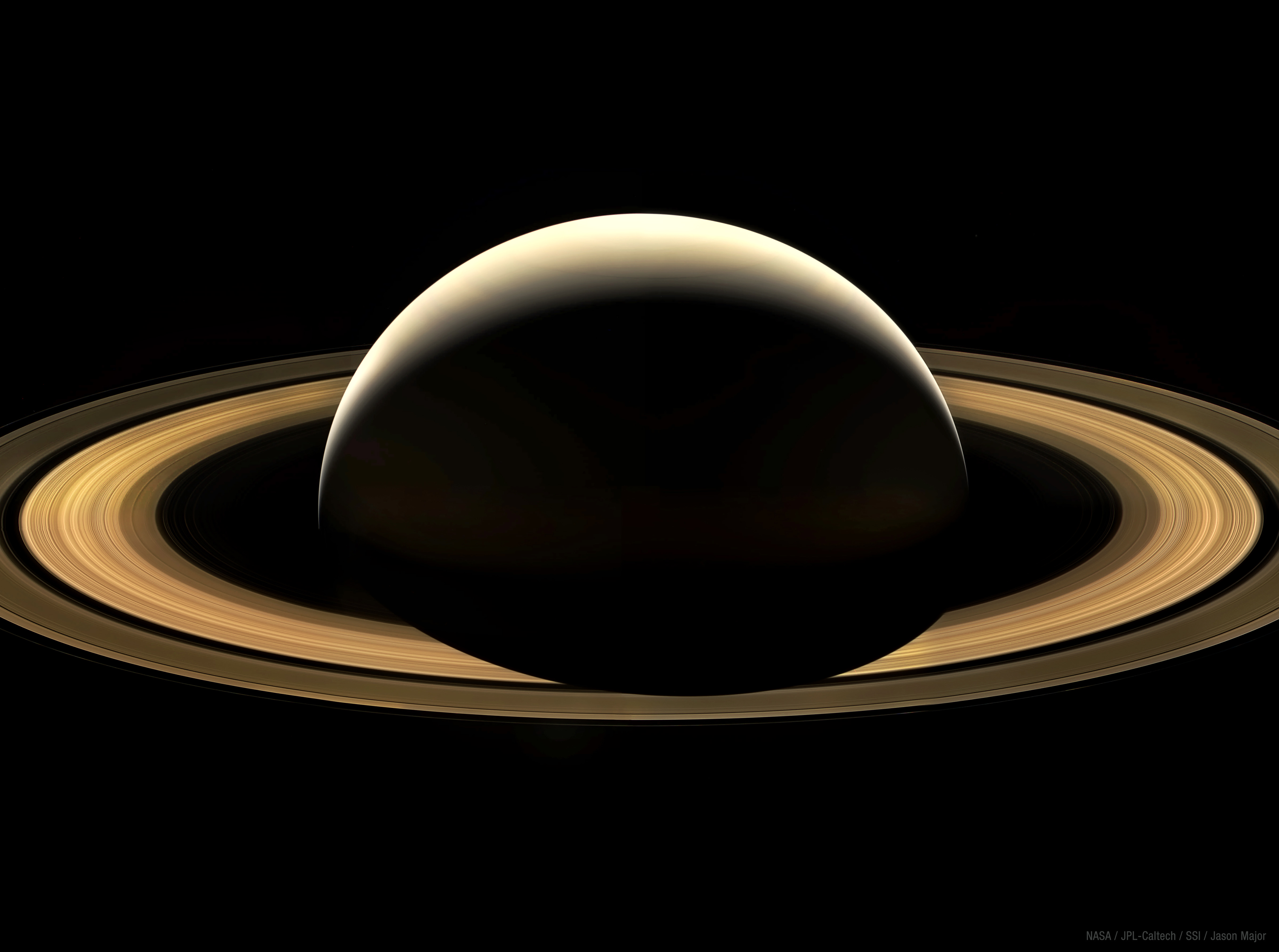
It has been just over a month now since the Cassini spacecraft took its final plunge into Saturn’s atmosphere, ending an incredible mission of 13 years at the ringed giant planet. The probe continued collecting scientific data until the very last moments, and now engineers have been able to reconstruct what happened to it as it met its fate.
The descent into the thick atmosphere was a fiery one with Cassini being increasingly buffeted and battered by atmospheric winds. At first however, the spacecraft was gently rocking back and forth by only fractions of a degree as it made its final approach to Saturn, with only Saturn’s gravity trying to tug at and rotate Cassini.
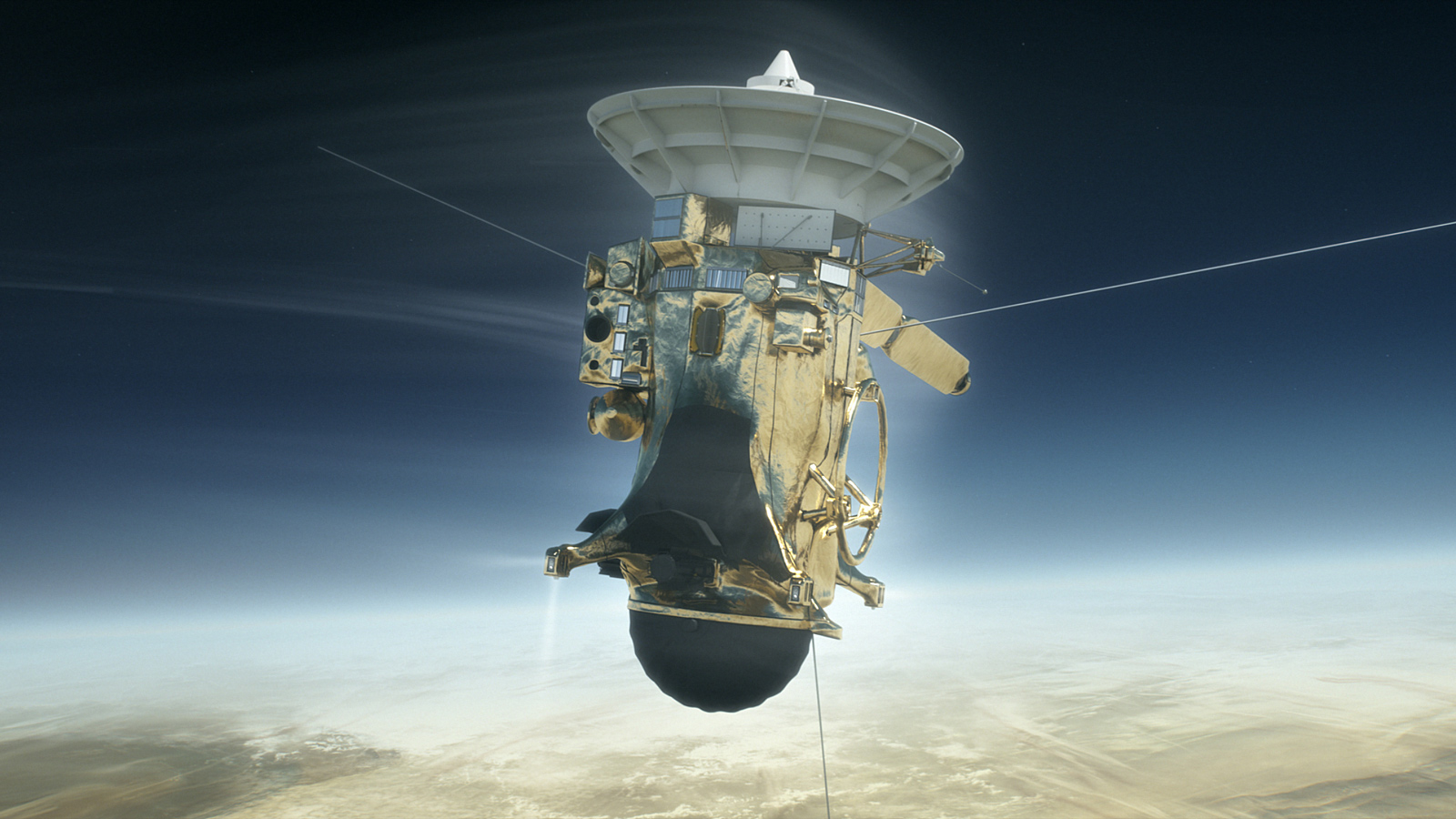
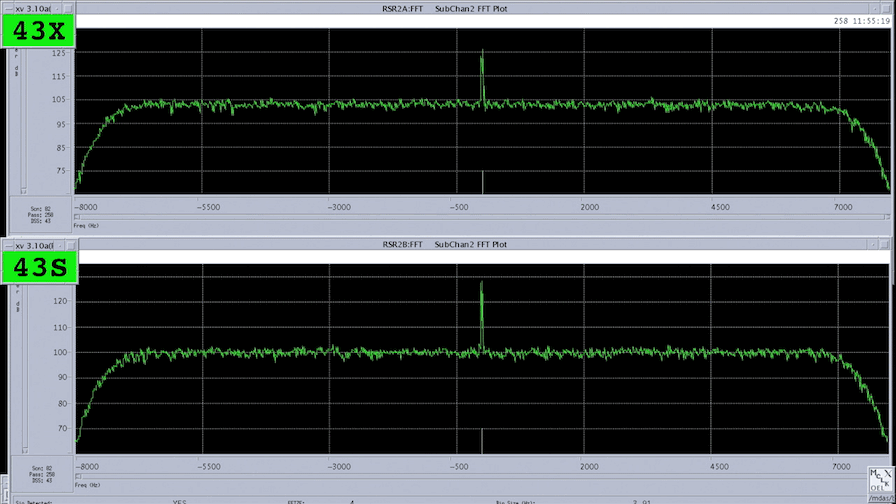
“To keep the antenna pointed at Earth, we used what’s called ‘bang-bang control,'” said Julie Webster, Cassini’s spacecraft operations chief at NASA’s Jet Propulsion Laboratory in Pasadena, California. “We give the spacecraft a narrow range over which it can rotate, and when it bangs up against that limit in one direction, it fires a thruster to tip back the other way.”
That range was only two milliradians, equal to 0.1 degree. According to the reconstructed data, Cassini was subtly correcting its orientation until about three minutes before final loss of signal.
As Cassini plunged deeper into the atmosphere, the turbulence increased; even though the atmosphere was still tenuous, at about 1,200 miles (1,900 kilometers) above the cloud tops, it began to push against the spacecraft’s 36-foot (11-meter) long magnetometer boom. As a result, Cassini rotated slightly in the backward (aft) direction. Cassini’s thrusters fired in response, to keep the boom from rotating even more, and then began firing longer and more often.
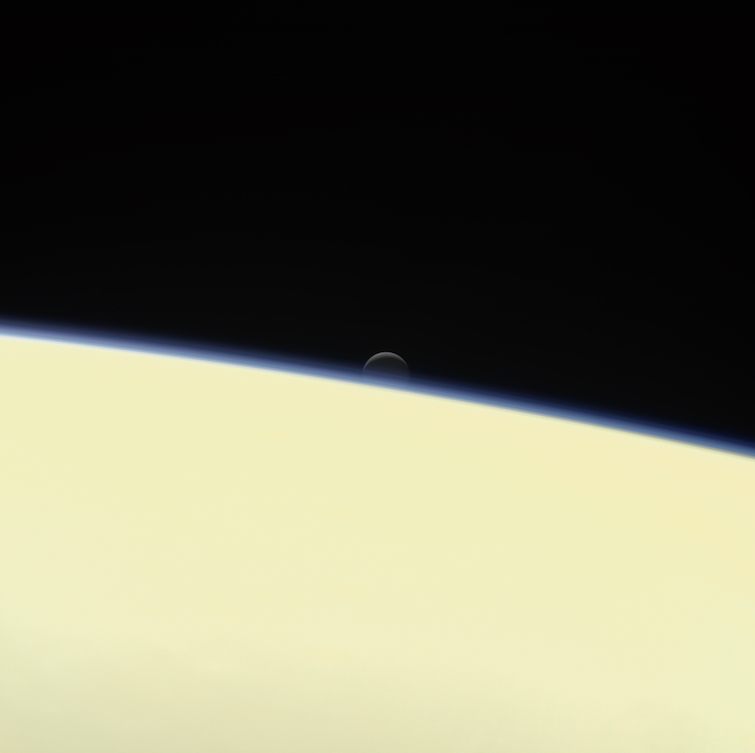
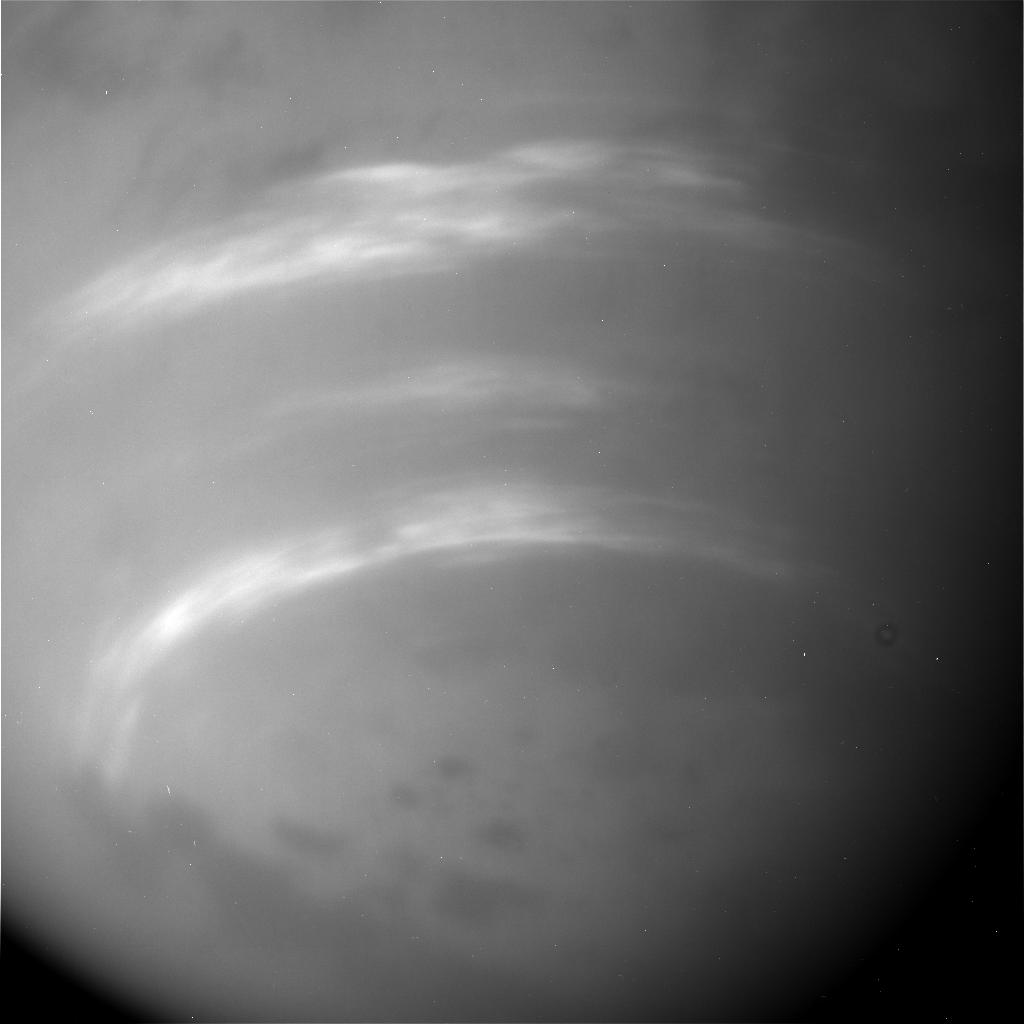
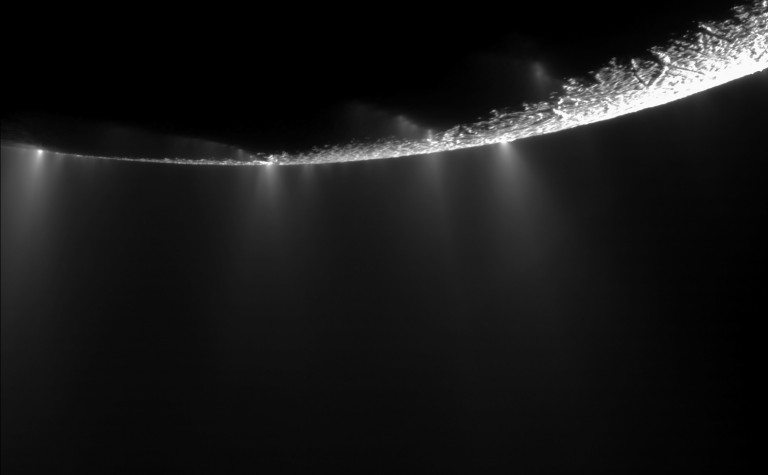
Cassini managed to survive for 91 seconds in this epic battle, before tipping over backward during the last eight seconds and then finally losing radio contact with Earth. The mission was over, as the probe succumbed to the increasing heat and pressure.
At one point, it kind of looked like Cassini was attempting a comeback of sorts, with the radio signal spiking briefly, before disappearing for good. But of course it wasn’t a comeback, which would be impossible.
“No, it wasn’t a comeback. Just a side lobe of the radio antenna beam pattern,” Webster said.
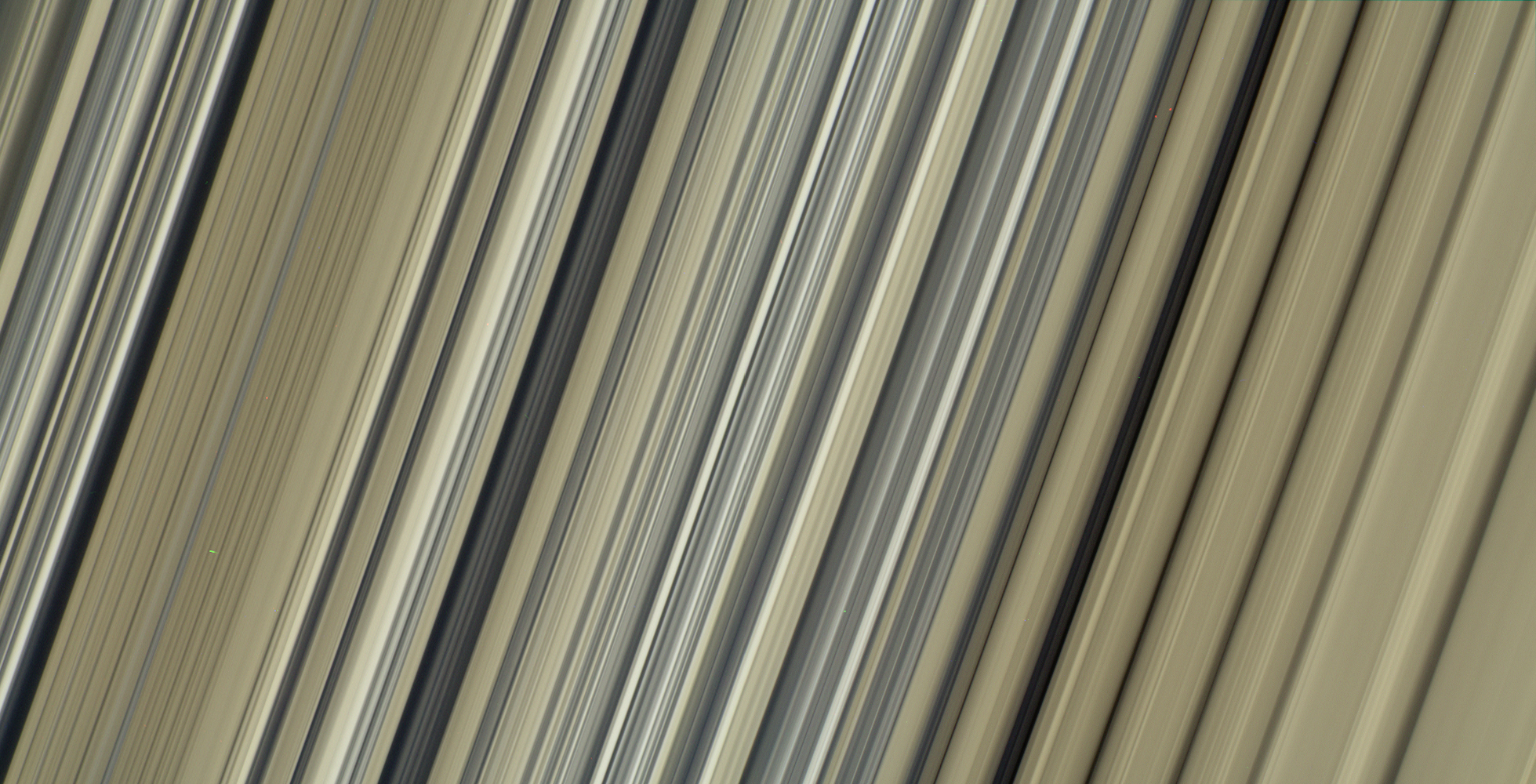
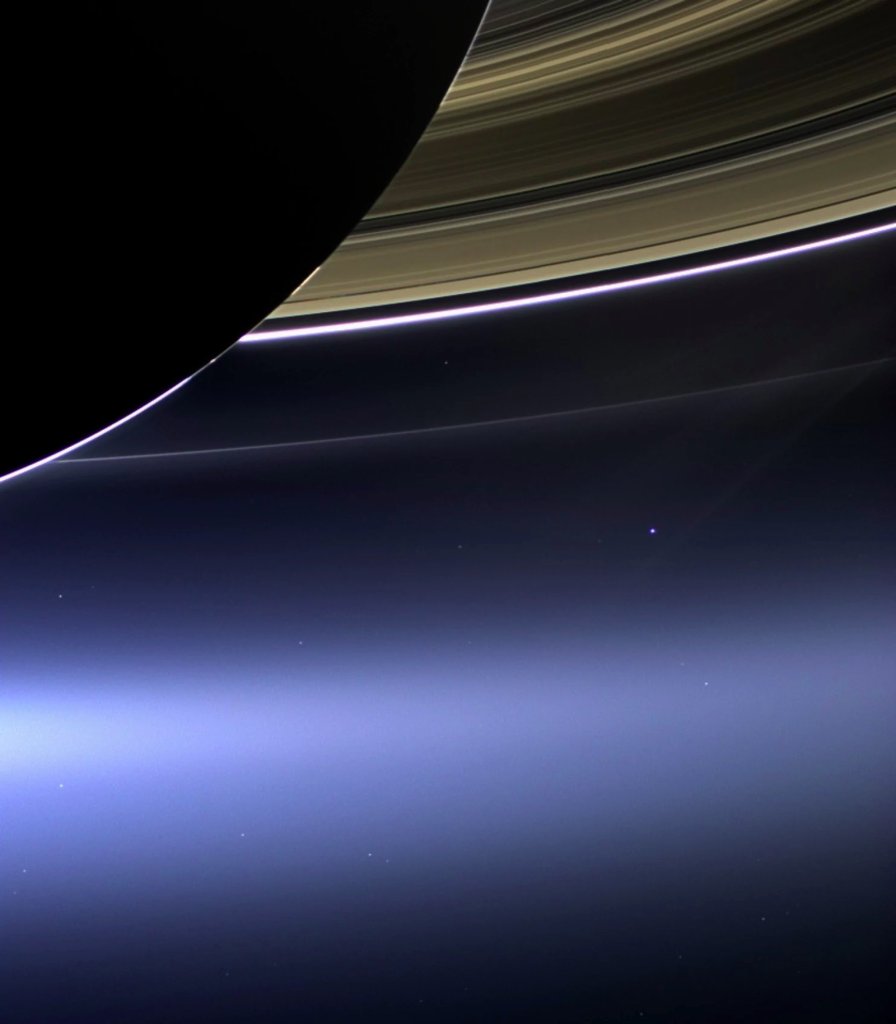
There was no way Cassini could have survived this death plunge, and it wasn’t meant to, but the data it collected will be invaluable to scientists and engineers, including for future missions.
“Given that Cassini wasn’t designed to fly into a planetary atmosphere, it’s remarkable that the spacecraft held on as long as it did, allowing its science instruments to send back data to the last second,” said Earl Maize, Cassini project manager at JPL. “It was a solidly built craft, and it did everything we asked of it.”
It has now been 20 years since Cassini was first launched, reaching Saturn in 2004. From that point onward, Cassini revolutionized our knowledge of Saturn and its many moons, right until the very end.
FOLLOW AmericaSpace on Facebook!
SaveSave




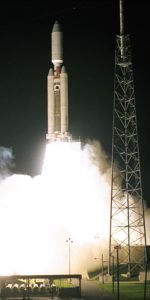
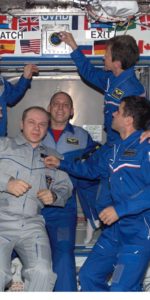
it seems that with all the strides made that this spacecraft could have used some of the remaining fuel to made it back to earth a station or platform could retrieve it and send it back out into space the cost of a new fuel cell is far far less than a new spacecraft and rocket to send it up or so it would seem the space station has an extending arm to retrieve craft so why not a satellite just a thought
It would have taken tons of fuel to put the Cassini on an Earth Transfer Orbit. Then tons of fuel to slow to Earth capture. There was no possibility of doing this with a ship that was almost out of propellant. Cassini had no way of aerobraking at Earth even if it had a heat shield as it was never designed to operate that way. Even if it had been possible, it would have taken years to reach Earth.
Another part of the problem is that the spacecraft is obsolete at 20 years after launch. Add in the time between construction and launch plus the time it would have taken to return and you are trying to refurbish three decade old technology. Up to date gear would have more capability and less mass which would allow it to be far more effective for any possible use. To picture what I am saying, look at a 30 year old car for functionality compared to a brand new one. Antiques can be used and appreciated, doesn’t make them comparable. Even more is to picture 30 year old electronics compared to now.
Cassini had a good run and went out on top of its’ game. Honor the memory by moving forward.
thanks so much for the response back i know progress is always or hopefully anyway going forward it is just amazing to see what man can do we are looking at a whole different planet billion miles away it is just plain fantastic what good we can do
The next probe should be equipped with parachutes to prolong the decent and send back vital upper atmospheric data rather than burning up on entry.We really enjoyed the descent of Huygens to Titan.
I would have liked them to park it in a safe orbit around Saturn, maybe to be recovered in a few decades time and put on display in a museum. Meanwhile it could have been keeping a close continuous watch on Saturn. But I understand they didn’t want to risk it one day impacting and possibly contaminating any of Saturn’s moons, particularly Enceladus. Shame, but I’m sure they could have found a safe parking orbit if they’d really tried… couldn’t they?
What Voyager I and Voyager II were able to do for science back in the late 70’s and early 80’s was astounding at that point in time, I am still amazed at the photos they sent back of the Giant Planets. And those were only flybys. Cassini, however, was able to spend nearly all of it’s entire mission dazzling us with data and pictures of Saturn, the rings, and it’s moons. What more could be asked of it. It will be interesting to see exactly what it was encountering just as it was becoming unable to communicate, Temps, pressures, other forces. So long Cassini, you will never be forgotten.
“White House proposes $19.1 billion NASA budget, cuts Earth science and education” Space News, (May 23rd)
“Why should we subsidize intellectual curiosity?”(Ronald Reagan from a 1980 campaign speech.)
May not be a next time. The space age is apparently over.
I think we are travelers in time, more than travelers in space. The movie “Lucy” proferred such a theory.
In reply to Andy above:
One of the first “Star Ships” of the future will no doubt be named the “Enterprise”. If Cassini had been left in a stable orbit that star ship could easily recover it for placement in some museum. That sort of technology, however, is centuries away at best and the cost of recovery in a few decades with a foreseeable technology would be “astronomical”. There probably is a duplicate “Cassini” here on earth as NASA needs those duplicates to overcome technical issues that crop up, practicing here on earth before sending software updates.
RIP CASSINI
I only hope and wish that we humans could take all the money we spend on bombs and bullets and spent them on scientific adventures of discovery like Cassini
“The heavens declare the glory of God”………Psalm 19:1
A worshiper of the night skies starting in early 1942 when my family purchased a ranch in the Antelope Valley east of Lancaster, Ca. There was no earth light to dim the skies in those days. Unbelievable views. My only regret when leaving this earth I will not be able to see what apparatus is coming next just over the technical horizon!
A great big me too and also have hope to see mankind’s footprints on planet Mars.
In reply to Dana.
Just to stir things up a bit!
Only a few hundred years ago the Church would have denounced, tortured and put to death anyone suggesting the universe is at it is. So how it can now be claimed to be ‘the glory of God’ escapes me.
Religion has resulted in more suffering, wars and deaths than anything else in this World. Wouldn’t it therefore be best to allow religion to die its natural death, and free the World from its poison?
Hoping for a sensible discussion.
Religion of all kinds can be held in high esteem with believers. Good proven science can also be held in the same high esteem by those who are scientifically grounded. Problems occurred in the past and in the present day when we try to place the two together or put one over the other. Our country was founded among other principles on keeping them separate.